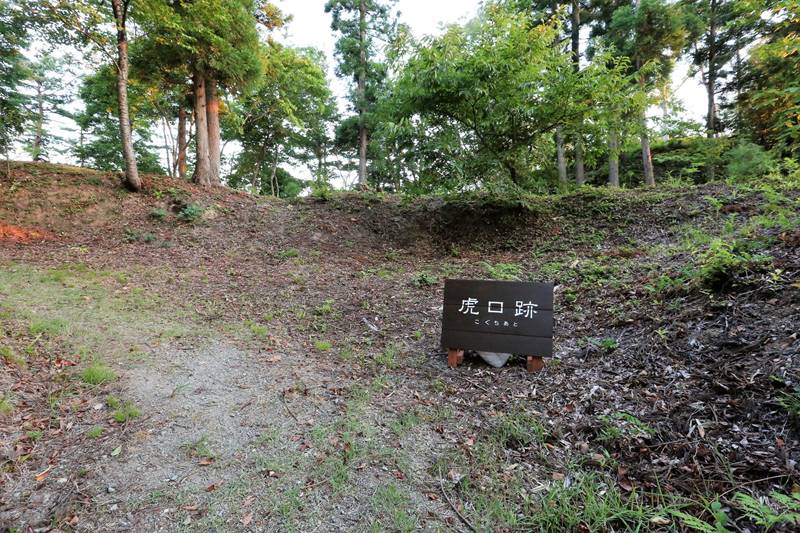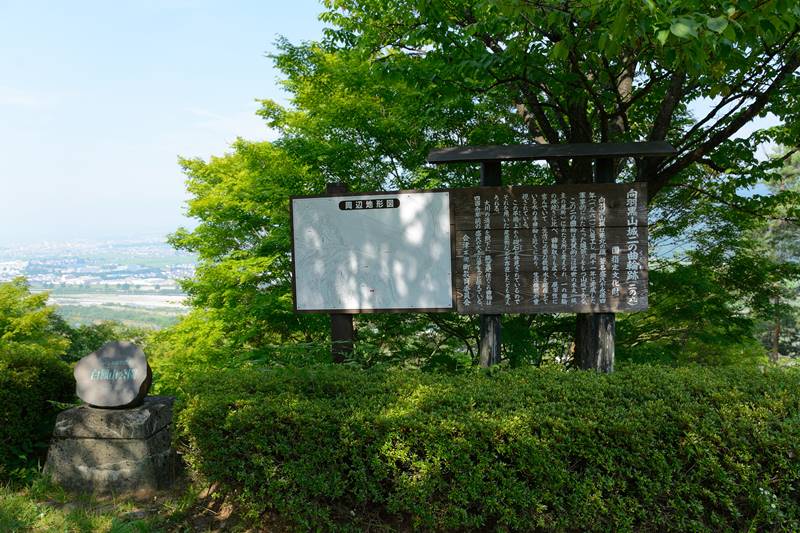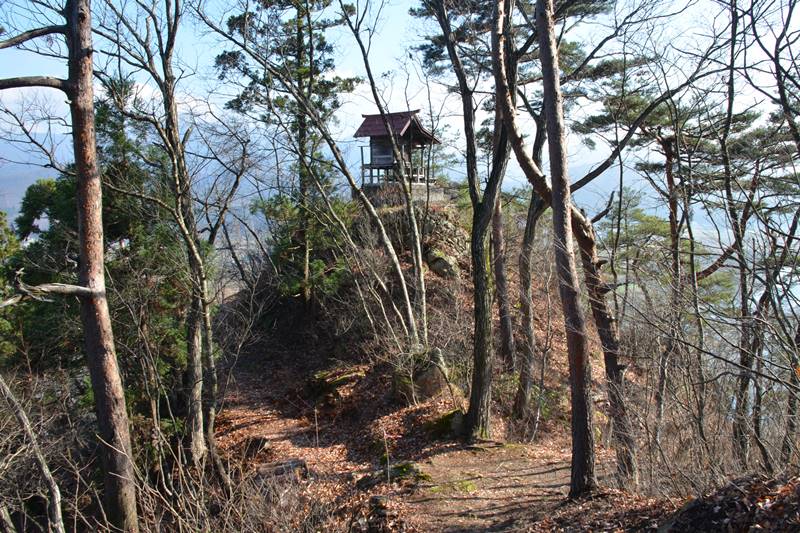This is all about Mukaihaguroyama Castle Ruins you want to know.
Every information you get on this site will be from a credible source based on Japanese history (books for reference).
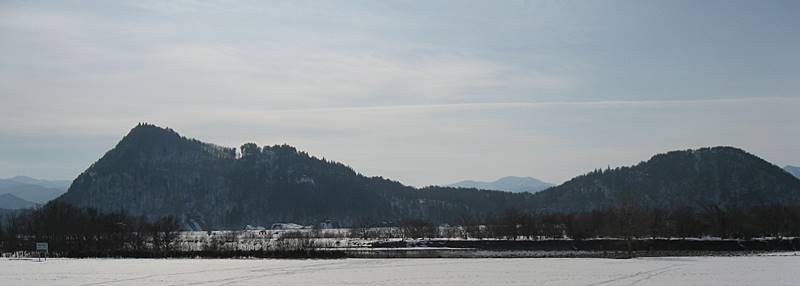
Profile : Mukaihaguroyama Castle Ruins
| Location | Aizumisato-Chō, Ōnuma district, Fukushima Prefecture |
| Also known as | Iwasaki Castle |
| Type of castle | Mountaintop |
| Mountain's name | Mt.Iwasaki |
| Elevation | 408m |
| Condition | Ruins |
| Designation | National Historic Sites |
| Year built | 1561 |
| Abolished | 1601 |
| Castle lord | Ashina Moriuji |
| Refurbishment lord | Uesugi Kagekatsu |
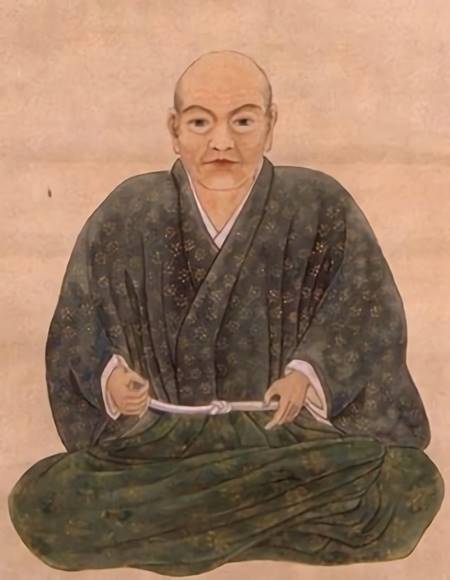
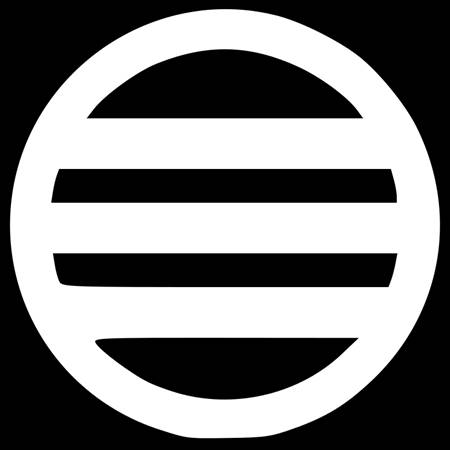
The family crest was originally created from the pattern that the emperor and the royal family put on the kimono, and the pattern was made into a fixed pattern, and the one attached to his own oxcart is said to be the beginning of the family crest. The warlords drew large crests on the flag-fingers, used to distinguish enemy views on the battlefield, and used by the generals to determine which warlords were active and how much.
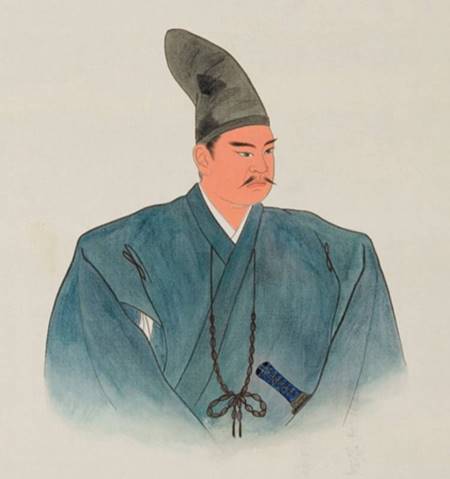
Mukaihaguroyama Castle admission
admission fee : free ※Mukohaguroyama Castle Ruins Maintenance Reference Room can be visited only when making a reservation in advance ⇒ closed temporarily
admission time : free
closing period : reference official site
Mukaihaguroyama Castle Google Map
Mukaihaguroyama Castle Images
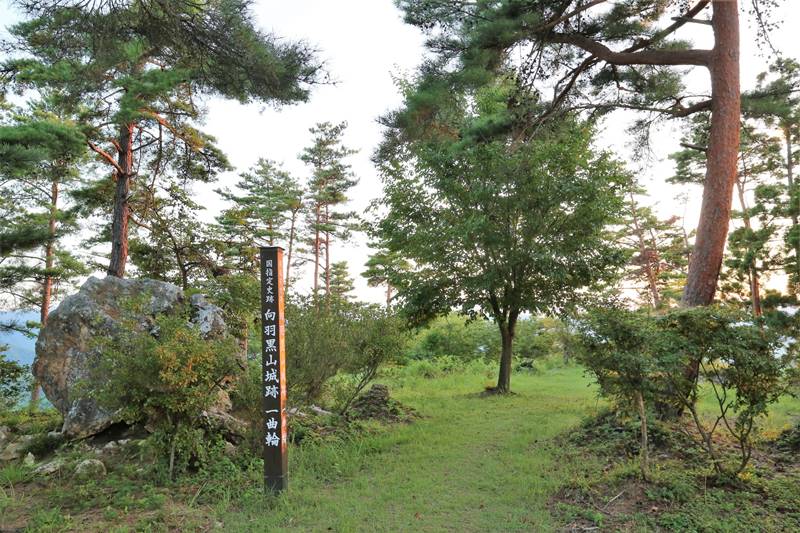
"kuruwa" is a battle-like part of a castle that is divided by a moat, stone walls, and earthwork. "Ichino-Kuruwa"means the site of "Honmaru", castle's main building.

The leading Aizu lord Ashina Clan, who has continued from the Kamakura era, reached its peak during the Warring States period in the age of Ashina Moriuji. He handed over his responsibilities to his eldest son in 1561 and began to build Mukaihaguroyama Castle as a retired castle, which was soon abandoned. Aizu area was given to Uesugi Kagekatsu in 1598 after the ruling of Ashina Clan and after being ruled by Date Clan and Gamō Clan. Kagekatsu is said to have undergone a major renovation of Mukaihaguroyama Castle, which had been abandoned immediately after entering Aizu, and there is a theory that it was assumed that this was the last fort against Tokugawa Ieyasu. However, Uesugi Clan was transferred to Yonezawa Castle due to the defeat of Sekigahara battle in 1600, and Mukaihaguroyama Castle was also abolished.
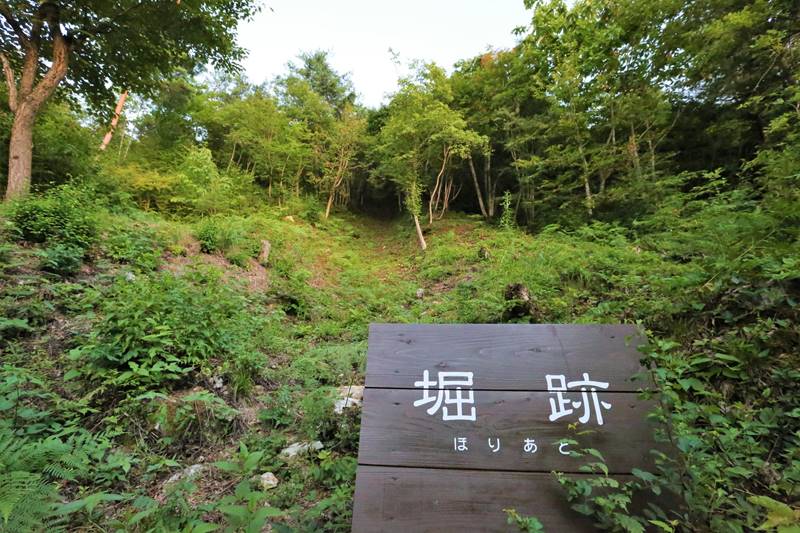
This castle used Aga River as a natural water moat. There was Ichino-Kuruwa on the top of the mountain, and many Kuruwa were arranged along the ridge, including Nino-Kuruwa, Kitano-Kuruwa, Sanno-Kuruwa, and Moriuji's residence.
